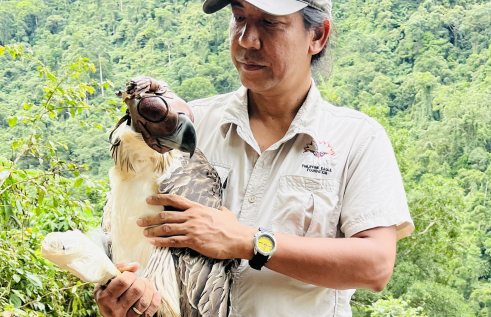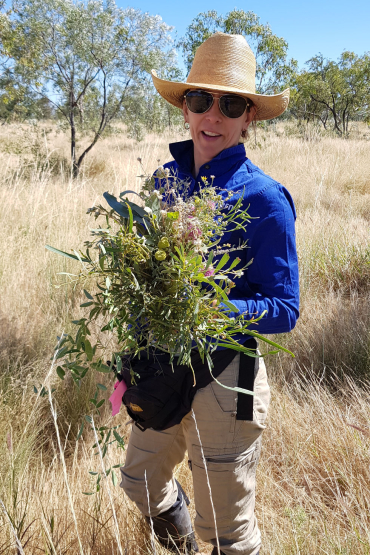RIEL seminar series
A biome approach to plot-based vegetation classification in northern Australia
| Presenter | Dr Donna Lewis | |
|---|---|---|
| Date |
|
|
| Time |
to
|
|
| Contact person | E: riel.outreach@cdu.edu.au | |
| Location |
Savanna Room, Yellow 1 level 2 room 48 at CDU Casuarina Campus And online via Zoom (see below for Zoom link) All times are ACST |
|
| Open to | Public | |
Dr Donna Lewis is Curation Lead with the Terrestrial Ecosystem Research Network (TERN) Ecosystem Surveillance Program.
In the seminar ‘A biome approach to plot-based vegetation classification in northern Australia’, Donna will present a floristic plot-based classification of the Australian tropical savanna biome using a composite of vegetation plot-based data sourced from the Queensland, Northern Territory and Western Australia governments, TERN, and non-government organisations.
This work places Australia’s vegetation types into an international context, using the International Vegetation Classification and International Union for Conservation of Nature (IUCN) Global Ecosystem Typology. The work uses presence/absence data from 50,000 plots to derive a preliminary list of macro groups.
This floristic-based classification does not replace existing classification systems, but adds value by putting floristics into existing structurally dominant classification schemes. This method can be applied across other major biomes in Australia to develop a continental list of macro groups that can be cross walked to existing classification systems.
Donna’s responsibilities with TERN include supporting and developing ecological field survey protocols that aim to enable interoperable data between jurisdictions, improve curatorial workflows, and lead complex on-site field botanical surveys. Prior to this role, Donna was Senior Botanist with the Department of Environment, Parks and Water Security.
Donna is also an Adjunct Senior Research Fellow with the Research Institute for the Environment and Livelihoods at Charles Darwin University.
Related Events

Shark and ray conservation in northern Australia and Asia
In this seminar we will hear from two emerging researchers from the Northern Shark and Ray Research Group at Charles Darwin University’s Research Institute for the Environment and Livelihoods (RIEL)
Read more about Shark and ray conservation in northern Australia and Asia
The eDNA revolution: advancing biodiversity monitoring while navigating challenges
In this seminar, Maxine will give an overview of how eDNA has been used for monitoring biodiversity and invasive species, showcasing when it works well and when it doesn’t.
Read more about The eDNA revolution: advancing biodiversity monitoring while navigating challenges
'Culture-based conservation' approach to supporting governance of Indigenous territories
Indigenous Peoples are crucial for the long-term persistence of the Earth’s biodiversity and ecosystem services. In the Philippines, the Indigenous Peoples Rights Act of 1998 protects Indigenous rights to own and manage territories. The forests of Indigenous territories are habitats of the Philippine eagle – a forest eagle that is endemic to the Philippines where it is a national bird and an apex forest predator.
Read more about 'Culture-based conservation' approach to supporting governance of Indigenous territories
